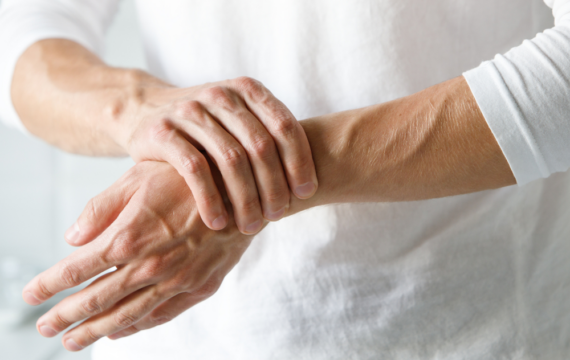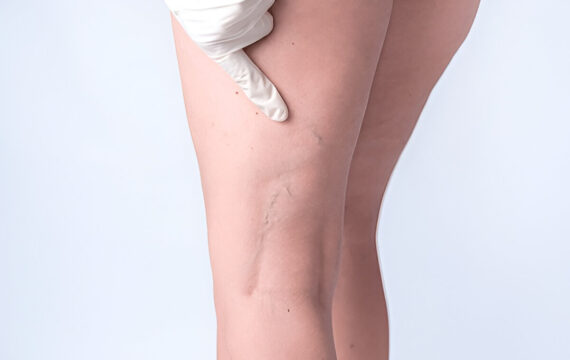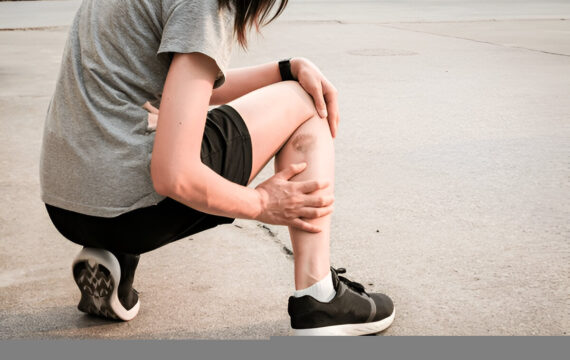Pain in the rib and back area can be debilitating and perplexing, often requiring a nuanced approach to diagnosis and treatment. This article aims to shed light on the common causes of rib and back pain, and explore innovative treatments that focus on regenerative medicine to alleviate chronic and acute pain.
Understanding Rib and Back Pain
Rib and back pain can stem from various sources, including musculoskeletal issues, injuries, and underlying medical conditions. The complexity of this pain often necessitates a comprehensive diagnostic approach to accurately identify the root cause.
Common Causes
- Muscle Strain and Ligament Sprain: Overuse or sudden movements can lead to strains and sprains, causing significant discomfort.
- Herniated Discs: Discs in the spine can herniate, pressing on nearby nerves and leading to pain that radiates to the ribs.
- Costochondritis: Inflammation of the cartilage connecting the ribs to the sternum can cause sharp, localized pain.
- Fractures: Rib fractures, often due to trauma or osteoporosis, are a common source of intense rib pain.
- Thoracic Spine Issues: Conditions affecting the thoracic spine, such as degenerative disc disease or facet joint dysfunction, can also manifest as rib and back pain.
Diagnostic Approach
A thorough diagnosis is crucial in effectively treating rib and back pain.
- Medical History and Physical Examination: A detailed medical history and physical examination help in identifying potential sources of pain.
- Imaging Studies: X-rays, MRIs, and CT scans are utilized to visualize internal structures and detect abnormalities.
- Diagnostic Injections: These injections help confirm the source of pain by temporarily alleviating it, aiding in precise diagnosis.
Regenerative Treatments
Traditional treatments for rib and back pain often involve medication, physical therapy, or surgery. However, regenerative medicine offers a promising alternative by harnessing the body’s natural healing capabilities to repair damaged tissues and reduce pain.
Platelet-Rich Plasma (PRP) Therapy
PRP therapy involves concentrating platelets from the patient’s blood and injecting them into the affected area. The growth factors in PRP stimulate tissue repair and reduce inflammation, providing relief from pain.
Stem Cell Therapy
Stem cell therapy utilizes the patient’s own stem cells to promote healing. These cells are injected into the damaged area, where they differentiate into the necessary cell types to repair and regenerate tissues.
Prolotherapy
Prolotherapy involves injecting a dextrose solution into the painful area to stimulate the body’s healing response. This treatment helps in strengthening and repairing injured ligaments and tendons, thereby reducing pain and improving function.
Benefits of Regenerative Medicine
Regenerative treatments offer several advantages over traditional methods:
- Minimally Invasive: These treatments are typically performed on an outpatient basis, with minimal downtime and reduced risk of complications.
- Natural Healing: By leveraging the body’s own healing mechanisms, regenerative medicine provides a natural and effective solution to pain.
- Long-lasting Relief: Patients often experience sustained relief from pain and improved quality of life following regenerative treatments.
Conclusion
Rib and back pain can significantly impact daily life, but with accurate diagnosis and innovative treatments, relief is within reach. Regenerative medicine approaches, including PRP therapy, stem cell therapy, and prolotherapy, offer promising solutions to alleviate pain and promote healing. If you are struggling with rib or back pain, contact an experienced health service provider today to explore how our cutting-edge treatments can help you regain your quality of life.




